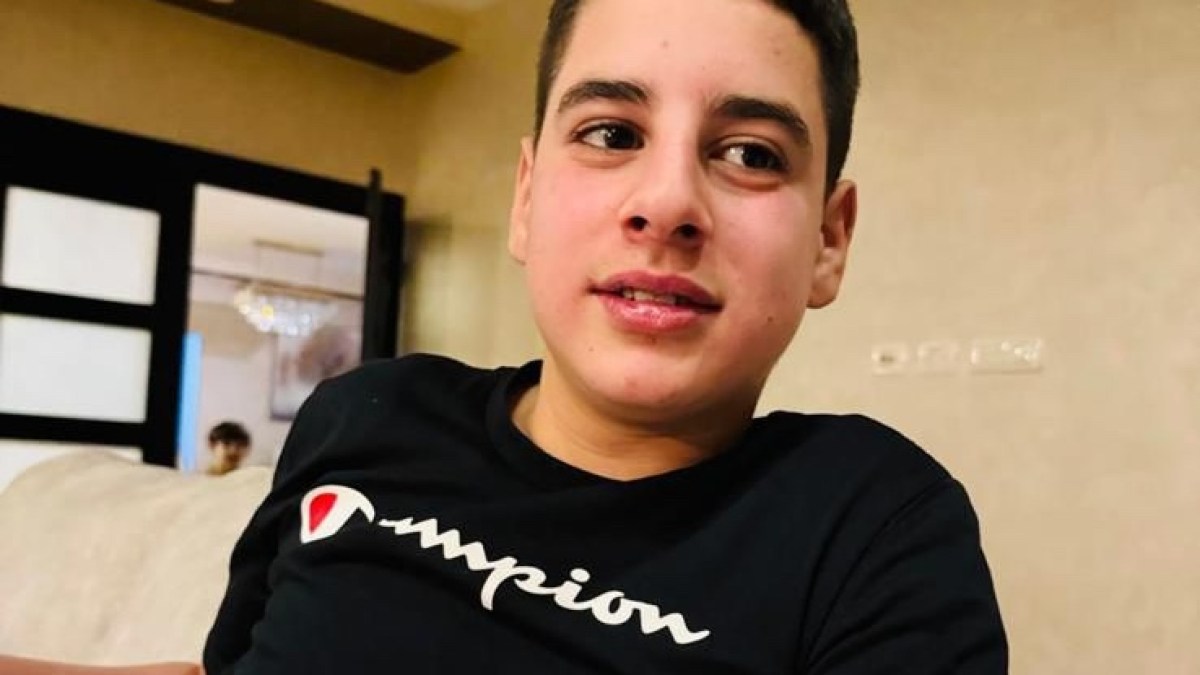Published On 22 Oct 2025
South Korea’s military reported that this was its first missile launch in a while as North Korea fired at least one ballistic missile at waters off its eastern coast.
The Asia-Pacific Economic Cooperation (APEC) summit, which will feature world leaders including Chinese President Xi Jinping and US President Donald Trump, will take place in Gyeongju, South Korea, on Wednesday morning.
Recommended Stories
list of 4 itemsend of list
According to the official South Korean Yonhap news agency, “at least one unidentified ballistic missile” was fired towards the East Sea, which is also known as the Sea of Japan.
The most recent launch is the first under Lee Jae-myung’s new presidency, which took office in June, according to Yonhap reports that North Korea last fired short-range ballistic and cruise missiles towards the East Sea on May 8 and May 22.
According to the Associated Press news agency, experts warned that North Korea might launch provocative missile tests in response to its commitment to being recognized as a nuclear-armed state before or during the APEC summit.
During a massive military parade in Pyongyang, where top Chinese, Russian, and other leaders were present, North Korean leader Kim Jong Un debuted a new long-range Hwasong-20 Intercontinental Ballistic Missile (ICBM), which he called the “most powerful,” earlier this month.
Kim’s strengthening diplomatic ties on a regional and global scale and his persistent efforts to develop sophisticated weapons capable of carrying nuclear payloads were highlighted at the parade, which marked the 80th anniversary of the founding of North Korea’s ruling Workers’ Party.
Pyongyang has long opposed international restrictions on the development of weapons, calling them necessary to shield North Korea from US and South Korean potential attacks.
Trump recently stated that he hopes to meet Kim again, possibly this year, after having previously met the North Korean leader during his first term in office.





